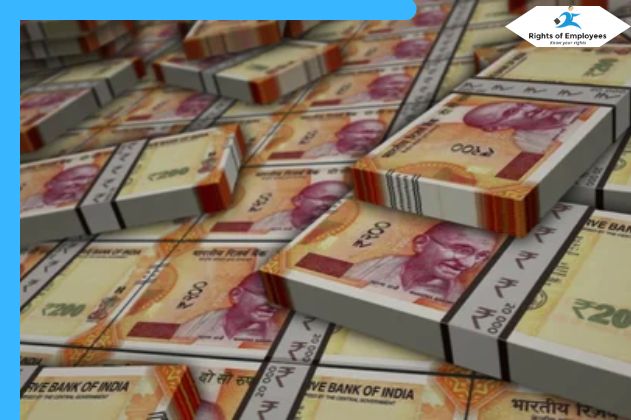The Central Government and the Reserve Bank of India (RBI) have to spend a lot on printing the currency notes that you and I use daily. With the increase in inflation, the cost of printing notes has also increased.
There has been a huge jump in the prices of paper and ink after the year 2021. You would be surprised to know that RBI has to spend more on printing Rs 200 notes than Rs 500 notes. Similarly, the cost of printing Rs 10 note is more than Rs 20 note. Similarly, minting of coins costs the government more than printing notes.
Printing of currency notes is done in 4 presses of the country. 2 presses belong to RBI while 2 belong to the central government. RBI’s presses are at Mysore and Salboni while India’s presses are at Nashik and Dewas. At present, the Rs 2,000 note is the largest in the country. But, the Reserve Bank of India is not printing this note right now.
1 ten rupee note is printed in 96 paise , according to a media report , according to information obtained through RTI from the printing company Bharatiya Reserve Bank Note Mudran Limited (BRBNML), in the financial year 2021-22 (FY22) 960 rupees had to be spent on printing 1000 notes of 10 rupees. In this way the cost of printing of one note was 96 paise.
The Reserve Bank of India has to spend Rs 950 for printing one thousand Rs 20 notes. Means 95 paise per note. In this way, printing of 1000 notes of 10 rupees costs more than printing 1000 notes of 20 rupees. In the year 2021-22, RBI had to spend Rs 1,130 for printing 1,000 notes of Rs 50. The cost of printing 1,000 Rs 100 notes to the Reserve Bank was Rs 1,770.
Printing of Rs 200 note is more expensive.
The Reserve Bank had to spend Rs 2,370 on printing 1,000 Rs 200 notes. 200 rupees note is very much in vogue now. RBI has to spend less rupees for printing 500 rupee notes as compared to printing 200 rupee notes. The cost of printing one thousand Rs 500 notes is Rs 2,290.
You may also like















